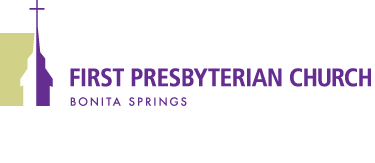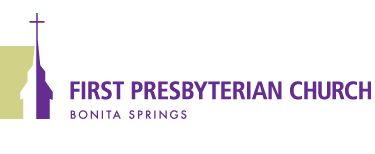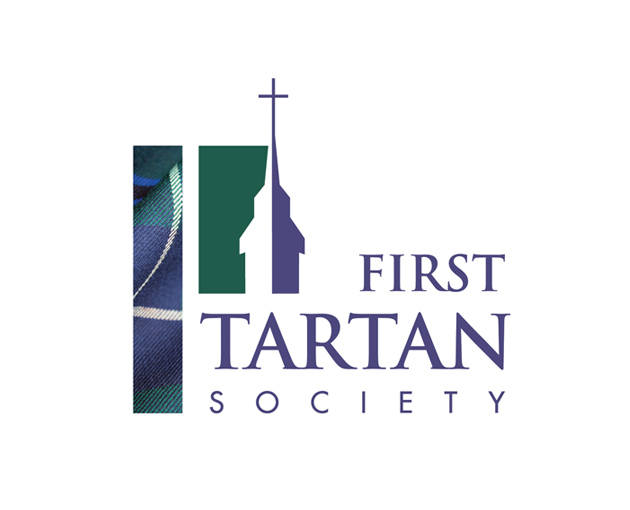“Christian theology and the arts can enrich each other. The power of classic Trinitarian Faith can bring illumination, surprise and delight whenever it engages with the arts.”
Jeremy Begbie, from A Peculiar orthodoxy: reflections on Theology and the Arts
Since the discovery of the first cave painting, man’s instinctive desire to create has come to the forefront. Art has always been about communication and expression—whether the artist is an ancient cave dweller from 44,000 years ago, the former captain of an 18th century slave ship, or a modern hymn writer like Stuart Townend.
If you are one of the over 100-member Chancel Choir at First Church, you understand on a personal level the joy of expressing our faith through the arts. Choir members have already learned this basic fact: sacred music can unlock the truths of the Christian gospel. This is one of the reasons why we are dedicated to spending hours each week preparing for Sunday services.
During each rehearsal and warm-up before worship, Director of Sacred Arts Jeff Faux, a man of faith, provides a brief devotion, prayer, and encouragement for the responsibility of helping to lead worship. For each hymn and anthem we sing, he provides background on the composer and their intent in writing in a particular way. This initial introduction proves fruitful in the long run as we learn better ways to sing the lyrics and emphasize the meaning of different parts of the piece and effectively convey its overall truths.
Some of us feel the best part is when we sing, “Hallelujah, Amen” and our director smiles. But we love the journey of being schooled on how and why we sing God’s praises—not for ourselves, but to inspire other worshipers to lift their own voices to God.
It was the great reformist Martin Luther who inaugurated the tradition of singing during worship. He was highly motivated and creative, determined to reconnect the everyday man to a relationship with God. By translating sacred songs into the vernacular language (German), strong, simple melodies (the “chorales”) could be sung by the entire congregation.
Many of us have a fondness for the old traditional hymns such as Great Is Thy Faithfulness, which expresses simply and poignantly our purpose in worshiping God. Open your hymnal to number 72 and read it as a prayer; discover the meaning behind its familiar words. It is an invitation to express gratitude to our unchanging Creator through serving and giving.
by Nelson Robbins, First Tartan Society Chair







